How to Streamline Semiconductor Procurement and Enhance Supply Chain Efficiency
Introduction:Semiconductors are the backbone of the modern electronics industry. With increasing demand for more advanced devices, the process of semiconductor procurement has become more critical than ever. In this article, we will explore effective strategies for streamlining semiconductor procurement and how to enhance supply chain efficiency, ultimately reducing costs and increasing operational agility.
Body:
Understanding Semiconductor Procurement Challenges
Overview of the common challenges in semiconductor procurement such as price volatility, supply chain disruptions, and quality control.
Importance of building strong supplier relationships and staying informed about market trends.
Utilizing Technology for Smart Procurement
How digital platforms like ICChipMall can help businesses efficiently compare prices, manage inventory, and track semiconductor orders in real time.
The role of Artificial Intelligence (AI) and data analytics in forecasting demand and optimizing order volumes.
Choosing the Right Suppliers
Criteria for selecting semiconductor suppliers based on their reliability, quality certifications, and ability to meet deadlines.
Benefits of diversifying suppliers to minimize risks associated with single-source procurement.
Inventory Management and Just-in-Time Procurement
The significance of maintaining optimal stock levels without overstocking or experiencing shortages.
How Just-in-Time (JIT) procurement strategies can reduce inventory costs and increase operational efficiency.
Quality Control in Semiconductor Procurement
The importance of quality assurance in semiconductor components.
How regular testing and certification processes can prevent costly production delays or product failures.
Navigating Supply Chain Disruptions
Practical tips for managing unexpected supply chain issues (e.g., natural disasters, geopolitical tensions).
Developing contingency plans and building flexible procurement processes to cope with disruptions.
Conclusion:By leveraging technology, fostering strong supplier relationships, and implementing efficient procurement strategies, businesses can streamline their semiconductor procurement processes. This will result in reduced costs, improved supply chain resilience, and a more reliable product offering.











